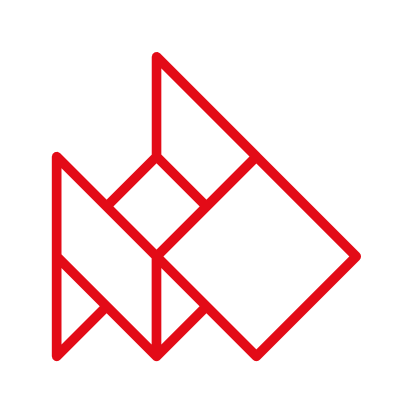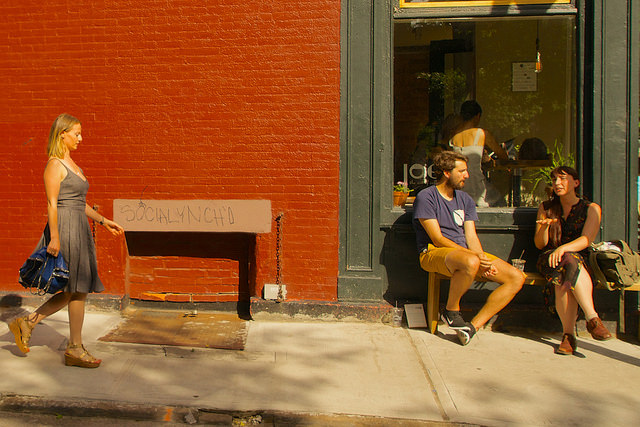Participant observation is an ethnographic field research method, where the basic idea is that you can acquire insight about a cultural environment by both observing and participating in it. Participant observation is useful particularly in the explorative phase in the beginning of a project and as a starting point for and important supplement to qualitative interviews.
The method can be used for examining specific activities (eg. workflows, free time activities, social dining) in a defined environment (eg. a classroom, a train station, a hospital, at home).
As such, participant observation can help gain insights about phenomena and practices, which may otherwise be difficult to uncover merely through interviews, because there may be aspects that the informants might not recall, are aware of – or are unable to explain though interviews. Participant observation can also reveal possible differences between what is said and what is actually done. This knowledge can be used subsequently to make the qualitative interview more relevant and contribute to significant insights about the empirical context.

